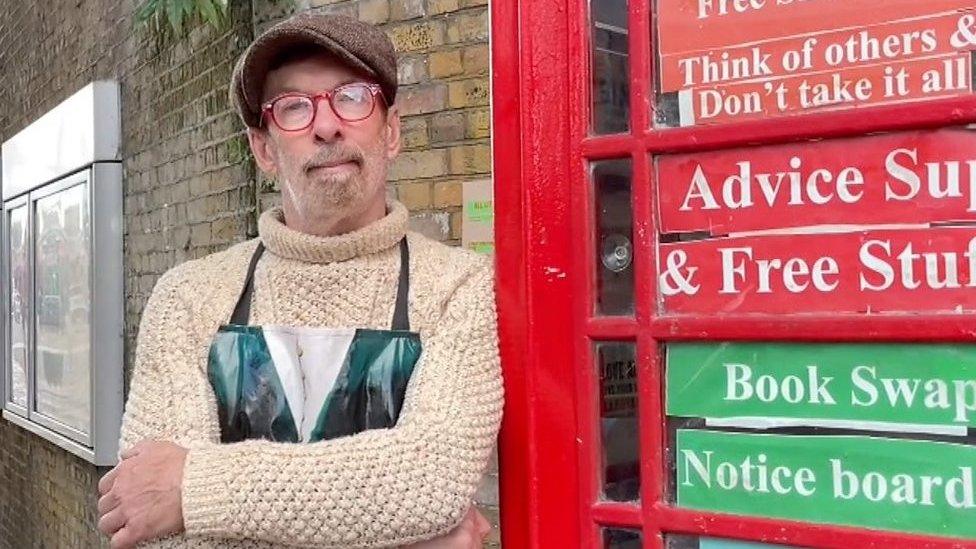London Underground: Platform phone boxes given listed status
- Published
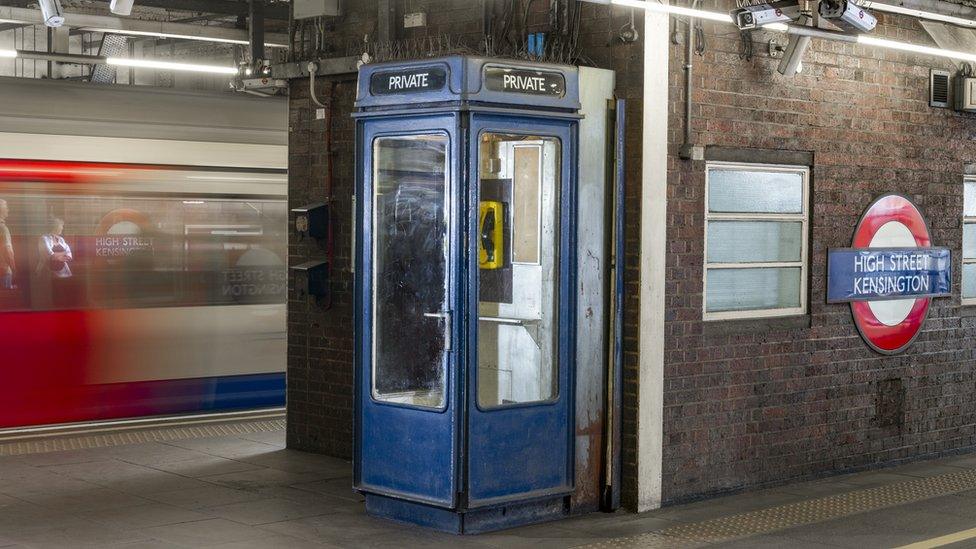
One of the K8 phone boxes is at High Street Kensington station
Four classic phone boxes on London Underground platforms have been Grade II-listed, Historic England has announced.
The K8 model, which came after the traditional red-panelled box, was designed to have a "modern and minimalist" appearance.
The boxes were initially owned by the Post Office and later British Telecom after privatisation in 1984.
Between 1968 and 1983, about 11,000 K8s were installed across the UK.

One of the boxes is at Chalford & Latimer station, towards the end of the Metropolitan line
They were replaced by a sleeker version, the KX100, and eventually became virtually obsolete due to the ubiquity of mobile phones.
The boxes on London's Tube's platforms came to be owned by London Underground, which had them painted different colours from the classic red to denote they were not the property of British Telecom.
Today, they are not operational as public phones but only as an internal telephone system used by Transport for London staff - whose use has ensured their survival.
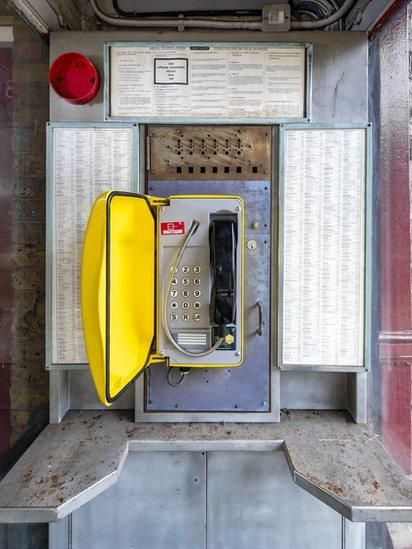
Inside, a working phone can be found with an old directory
Nine K8 phone boxes can be found in Hull, while a further 11 are registered on Historic England's National Heritage list.
There are thought to be about 25 more across the country, but their whereabouts is not clear.
Phone enthusiasts continue the search for the missing K8s, sharing information on forums and travelling to confirm possible sightings, Historic England says.
The London Underground phone boxes are on platforms at High Street Kensington, Chalfont & Latimer, Chorleywood and Northwick Park stations.
Tom Foxall, regional director for Historic England in London and the South East, said: "There are very few designs that can be genuinely termed as iconic but the K8 is certainly one of them.
"Like its predecessors, this kiosk was a defining feature of 20th Century Britain's physical, technological and cultural landscape. Very few K8s survive, so they certainly need to be cherished and protected."
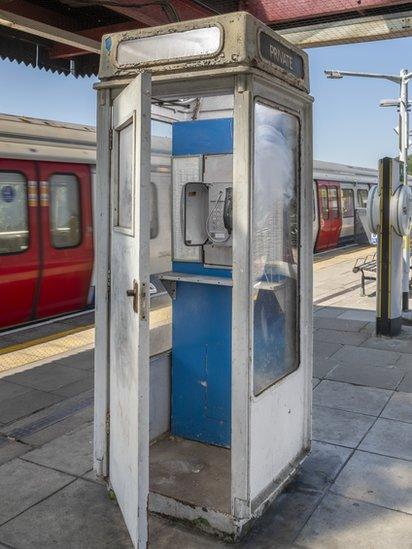
A white K8 can be found at Northwick station in Harrow, on the Metropolitan line
Catherine Croft, director of the Twentieth Century Society, said: "The Twentieth Century Society has been campaigning to save Britain's iconic telephone boxes for nearly 40 years, so we're delighted to see four more K8 kiosks recognised with national listing.
"The 1960s modernist K8 is the last in the line of the classic telephone boxes and is the perfect example of how good design - no matter how small - can help to enrich our high streets and communities."
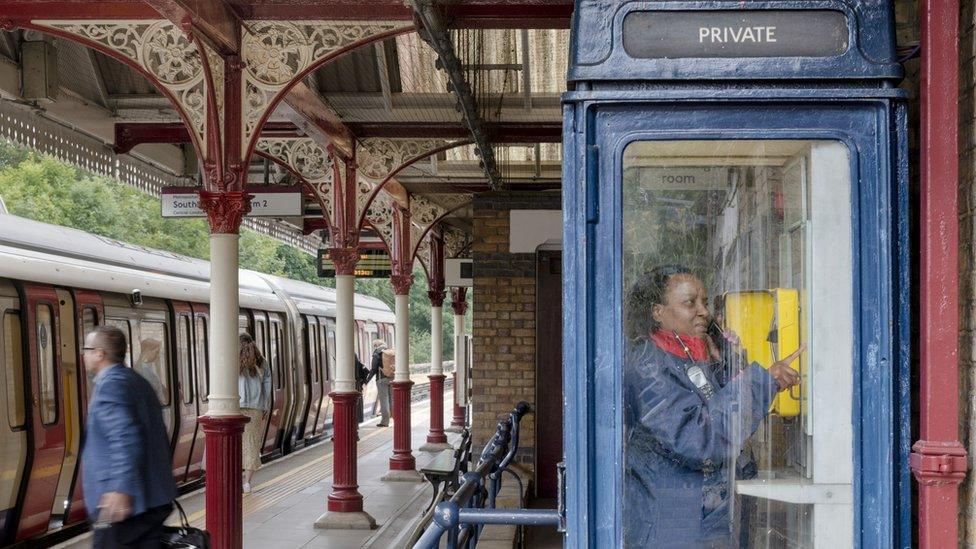
A platform attendant using a K8 at Chorleywood station

Follow BBC London on Facebook, external, Twitter , externaland Instagram, external. Send your story ideas to hellobbclondon@bbc.co.uk
- Published8 June 2022
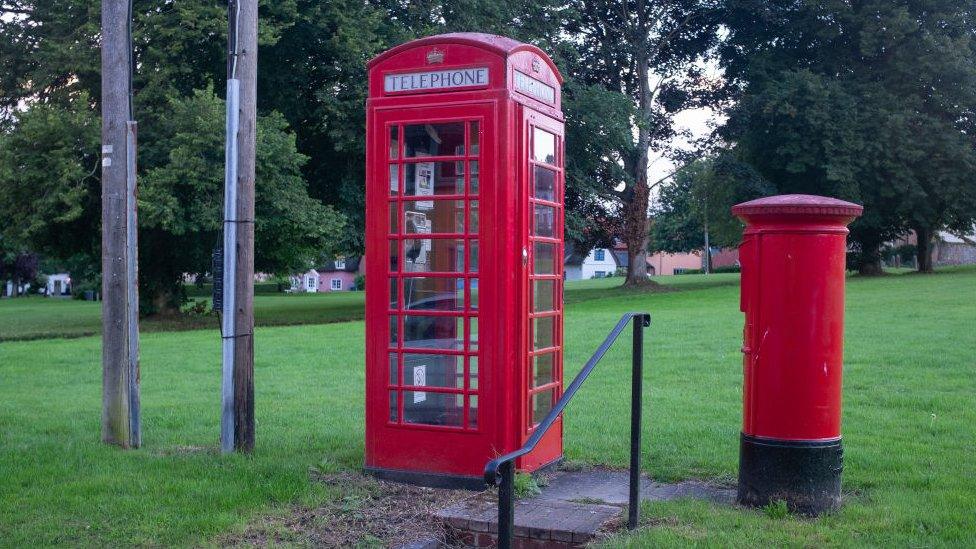
- Published1 February 2023

- Published30 October 2022
